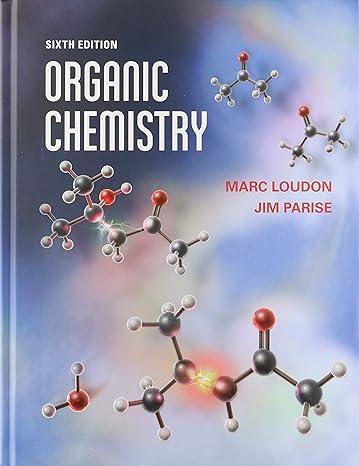Consider the following experiments with trityl chloride, Ph 3 CCl, a very reactive tertiary alkyl halide: (1)
Question:
Consider the following experiments with trityl chloride, Ph3C—Cl, a very reactive tertiary alkyl halide:
(1) In aqueous acetone, the reaction of trityl chloride follows a rate law that is first order in the alkyl halide, and the product is trityl alcohol, Ph3C—OH.
(2) In another reaction, when one equivalent of sodium azide is added to a solution that is otherwise identical to that used in experiment (1), the reaction rate is the same as in (1); however, the product isolated in good yield is trityl azide, Ph3C—N3.
(3) In a reaction mixture in which both sodium azide and sodium hydroxide are present in equal concentrations, both trityl alcohol and trityl azide are formed, but the reaction rate is again unchanged.
Explain why the reaction rate is the same but the products are different in these three experiments.
Step by Step Answer:






